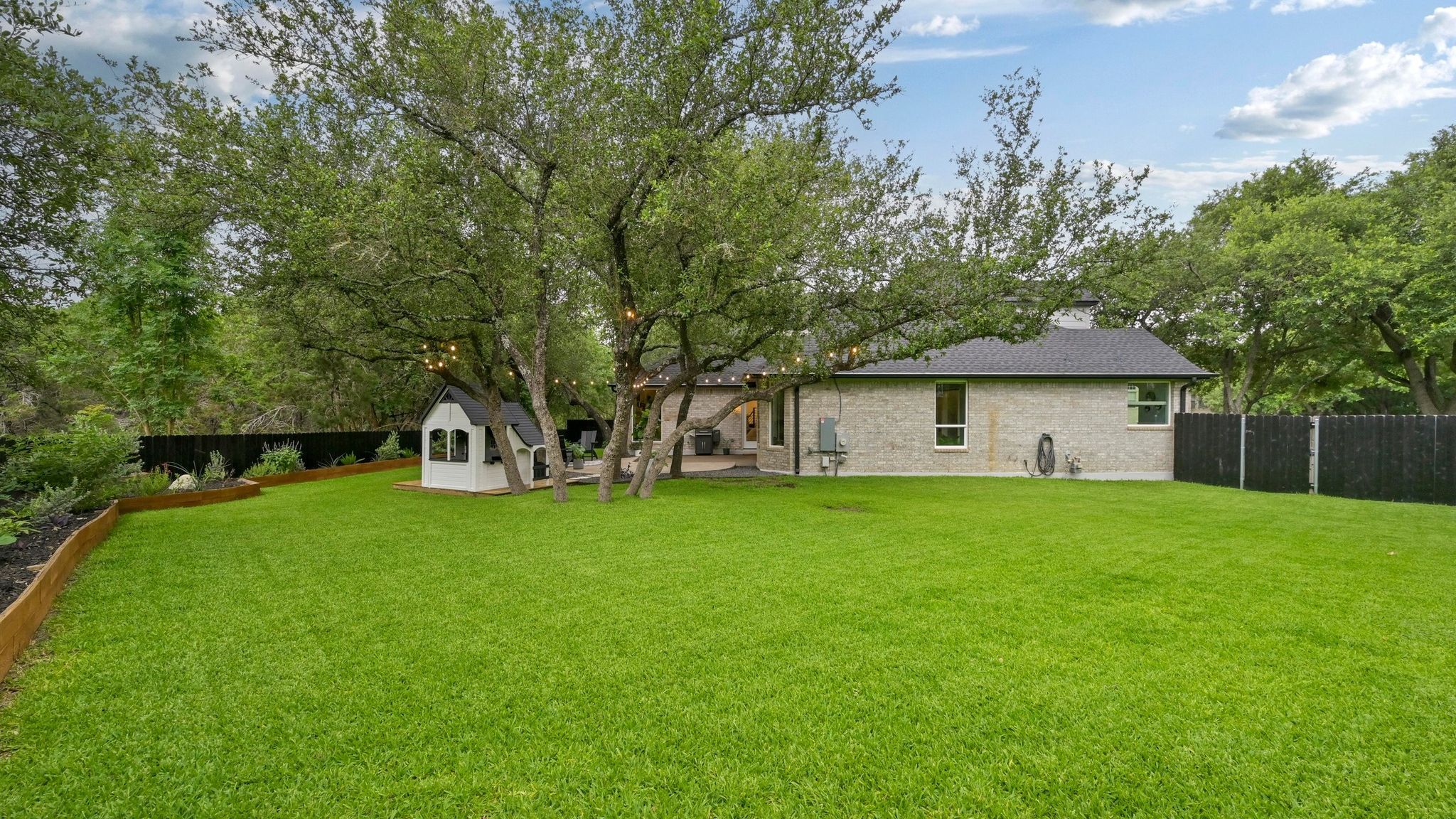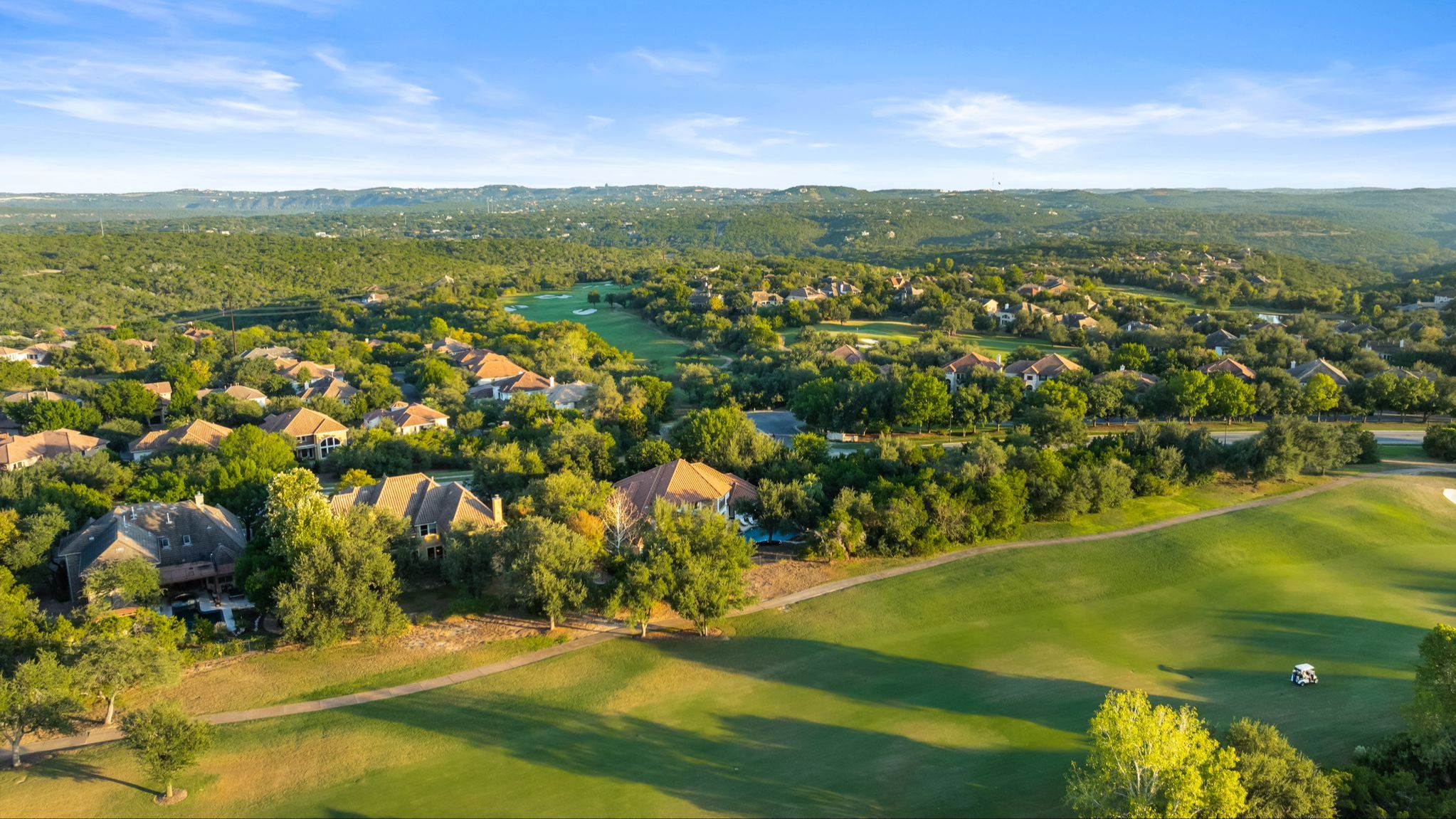How to Build a Consistent Pipeline With Neighborhood Farming
Oct 02, 2025
How to Build a Consistent Pipeline With Neighborhood Farming
Summary: Neighborhood farming still works in 2025 when done with consistency and focus. This article explains how to use the Neighborhood Expert System’s weekly plan to turn farming into steady leads and long-term authority in your market.
Neighborhood farming has always been part of real estate, but most agents give up too early or do it inconsistently. Farming works when you show up in the same area, week after week, with messages that matter to the people who live there. In this post, I’ll show how to build a reliable pipeline with farming by using the Neighborhood Expert System’s weekly plan.
Why Farming Fails for Most Agents
Many agents send a postcard once or twice, post something online, and expect results right away. Farming doesn’t fail because the idea is wrong—it fails because it’s random. People in your neighborhood need to see you again and again in ways that feel natural and useful. That’s why the NES focuses on repetition, consistency, and connecting multiple touchpoints each week.
- One-off mailers are ignored: People forget them quickly without follow-up.
- Generic market stats don’t land: Neighbors want context for their streets.
- Inconsistent posting is invisible: If you disappear, so does recognition.
The NES Approach to Neighborhood Farming
The Neighborhood Expert System makes farming simple by tying it to a weekly plan. Instead of trying everything, you commit to six consistent actions:
- Open Houses – Meet active buyers and capture sellers who attend out of curiosity.
- Off-Market Outreach – Letters or cards to nearby owners tied to real activity.
- Social Media – Local posts showing you’re active and paying attention.
- YouTube Ads – Short, affordable ads to stay visible in households.
- Direct Mail – One card a month that reinforces your message.
- Email – Weekly “What I’m seeing” updates that feel personal and consistent.
Each step reinforces the others. Together, they turn farming from a scattershot idea into a predictable system.
Ramp-Up Phase: Planting the Seeds
When you first start farming, the goal isn’t instant leads—it’s awareness. Use the first 30 days to establish your rhythm:
- Run one or two open houses every weekend.
- Send 20–30 off-market letters to streets around those opens.
- Post three times a week on social with a single theme.
- Launch two short YouTube ads at $10–$20/day.
- Send your first monthly postcard with the same theme.
- Send a Friday email summarizing what you’re seeing in the neighborhood.
This phase sets expectations. Neighbors start noticing you everywhere at once, and you begin to feel familiar.
Core Weekly Plan: Growing the Roots
After your first month, shift into the Core Weekly Plan. This is where farming turns into a pipeline. Stick to these actions each week:
- Monday: Write a quick social post about what’s happening locally.
- Wednesday: Confirm open houses, send a small batch of off-market letters.
- Friday: Send your weekly “What I’m seeing” email.
- Weekend: Host your open houses and log every new contact.
Every week builds on the last. What feels small at first becomes powerful once neighbors see it repeated for months.
Practical Examples of Farming in Action
Here’s how the pieces work together:
- A neighbor sees your YouTube ad, then recognizes your sign at the open house.
- Someone scans the QR on your postcard and later replies to your Friday email.
- A curious homeowner at an open house receives your off-market letter the next week.
None of these moments happen from a single touch. They happen because your weekly plan connects and repeats in the same neighborhood.
Tracking Results Without Overthinking
Track only what proves real interest. Measure open house sign-ins, replies to your emails, QR scans, and YouTube ad watch rates. Don’t get lost in vanity metrics like likes. The goal is conversations. Each week, repeat what worked best and drop what didn’t connect.
FAQs
How big should my farm be?
Start with 1,500–2,500 homes. Add more only after 90 days of consistent effort in your first area.
How long does it take for farming to work?
You may see early replies in 4–6 weeks, but steady listing appointments usually come in months 2–3 as neighbors get used to your presence.
What if I don’t have a large budget?
Focus on the free and low-cost steps—open houses, social posts, and weekly emails. Start with minimal YouTube ads and one postcard a month. Consistency matters more than spend.
Is farming still worth it in 2025?
Yes—when done consistently. Farming fails only when it’s random or abandoned too soon. The weekly plan solves that by giving you structure you can keep up with.



